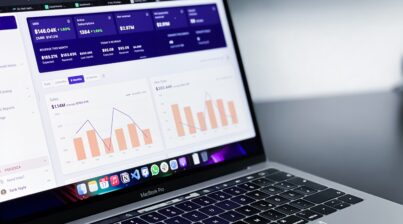Labor costs are the most expensive line item for any business. It can account for 70% of overall operating costs, with 30% of labor cost going to benefits. But do you know how much your employees costs and how that relates to your overall operating costs?
What’s all included in labor costs
Labor costs include more than just the monetary compensation that employees receive via payroll. There are both direct and indirect forms of compensation. Direct compensation includes monetary forms of payment like hourly wage, salary, overtime, and variable pay like commission or bonuses. Don’t forget to include taxes as well.
Indirect compensation includes additional benefits like the company’s health and wellness programs. Other benefits like paid time off, parental leave, life insurance, retirement/stock contributions, and other discounts and perks are included as well. Indirect and Direct compensation make up the total compensation package.
Using HR metrics to understand the impact
To get a good understanding of your total compensation package, calculate the total spend for all of your direct and indirect benefits. But, don’t include any costs that the employee covers. Just the employer’s cost should be included. So now that you have the total cost, what does that mean?
This is where an HR metric, Total Compensation Spend Rate, can help. It will show how much of your total operating cost is being allocated to labor costs. To calculate, take your total compensation and divide by the total operating cost. Then multiply it by 100 to get the percentage.
Total compensation spend rate = (total compensation / total operating cost) x 100
A high or low percentage doesn’t automatically indicate anything bad or good. What your rate means depends on your business values, practices, and goals. For example, let’s say your business model is to operate leanly with a compensation strategy that pays below the mid-point. Then we would expect your percentage rate to be lower. But, if your percentage rate is high, then your compensation package may not be aligned with your business strategy.
Total compensation spend rate gives strategic advantage
HR metrics continue to give HR the toolkit needed to be a strategic business partner. Once you calculate the current state of your total compensation spend rate, look back over the past fiscal years to find a trend. If there are years of drastic change, ask why. Did you increase headcount that year, make changes to the benefits offered, or did admin fees increase?
You can also use the percentage as a benchmark. Once you identify the current state and determine if that percentage rate is ideal it can become your benchmark. Then the benchmark can be used for labor spend forecasting, workforce strategy planning, merit increase budgeting, and compensation strategies.
Calculating your HR metrics doesn’t have to be a pain. An HR dashboard provides a solution by automatically collecting the data from your various HR systems. It will create easy-to-understand visualizations so you can quickly communicate the story behind the data to your business leaders.
Sign up today for a free demo of our automated HR dashboard.












